Exceed Your 2023 Philanthropy Goals

Check out these proven ways to exceed your philanthropy goals for the new year.
In the fundraising world, December always is a busy time. After all, nonprofits typically raise about one-fifth of their revenue this last month of the year.
But don’t discount how important the first six weeks of each new year are for you and your team. It’s a crucial time for reflection, planning, and setting up the infrastructure that will determine where you'll finish against your fundraising goals.
Here are a few tips about establishing key philanthropic goals and work plans for the year—and more importantly, how to make sure you’re rightly equipped to realize them:
1. Make sure your leadership team and the organization's key stakeholders are on the same page.
I cannot stress enough the importance of organizational alignment in goal setting and, ultimately, in implementing your plans throughout the year.
This starts with your leadership team, board, and other key stakeholders in charge of your organization’s oversight. Together, you must all know and understand what you expect to accomplish this year.
2. Organizational alignment isn't limited to leadership.
Your entire team needs to understand and own the organization’s goals, recognizing how their assigned responsibilities will help achieve collective success. That means breaking down silos that exist between departments and communicating transparently across the whole organization.
When everyone understands what they need to do and why, your chances of success increase, too. Nearly a decade ago, McKinsey said that bringing together meaningful purpose, practical strategies, and goals across teams and departments makes an organization’s aspirations more credible—and more likely to be achieved.
3. Have a plan but remain agile.
Goal setting and implementation can be tricky for most organizations, especially those that are constantly challenged by competing priorities. Plan to regularly report on your progress toward goals to your board, key stakeholders, and the entire organization.
Consider opportunities as they relate to your annual work plans. And don’t be afraid to say "no” to anything that does not align with your organization’s goals and mission.
Closely related is the idea of “making goals FAST not SMART” from MIT Sloan’s Strategic Agility Project, which encourages leaders to set ambitious targets with specific metrics and milestones that are shared widely and frequently discussed across the organization.
To this, I’ll add the importance of adaptability in your implementation. Your goals and your plans are your guide star but be careful not to shield yourself from new opportunities that could help you reach them—even if they weren’t included in your earlier plans.
It reminds me of the maxim: “If the plan doesn’t work, change the plan, not the goal.”
The best nonprofit and fundraising leaders I know are those who can effectively communicate what they want to accomplish, hold everyone accountable, and remain agile enough to ensure they and their teams succeed.
That’s how you’ll exceed your goals this year—good luck!
Share this Story:



